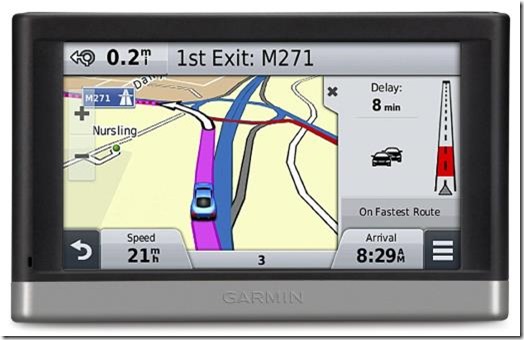1&1 has been the victim of a DDoS attack and between 9/12/14 and early on 11/12/14 there was restricted availability to some services and website hosted by 1&1 (this included the dashboard features).
Yesterday evening at 9pm GMT an unknown third party initiated a DDoS attack on 1&1’s DNS infrastructure. The Domain Name System (DNS) is used to attribute internet addresses such as “1and1.com” to IP numbers, similar to a telephone book. During the coordinated attack, many widely spread computers (also known as bot net) sent several hundred thousand requests per second to our DNS servers. The attack resulted in reduced availability on some of our hosting services (such as shared hosting, MyWebsite, servers, e-mail, control panel). Our engineers swiftly identified the target of the attack and have initiated respective countermeasures, making the majority of affected services now fully available. A small number of our customers may still encounter limited availability of their domain names. We are prioritizing work to fully resolve the issue as promptly as possible and apologize unreservedly for any inconvenience. Please continue to check status-1and1.co.uk for additional information.
The issue is now resolved.
I noticed it Tuesday when my traffic approximately halved, when I had expected it to rise slightly from Monday.
Note that 1&1 servers are very rarely (if ever) all out, so it is wrong to say that 1&1 is “down”. It was experiencing technical issues, that’s all.




 Well done Anna, who passed today with just 3 driver faults. She now joins her boyfriend, Clive, who passed a couple of weeks ago, with a shiny new driving licence. They’ve already got a car (bought as soon as Clive passed), and as they’re expecting their first child in the new year this was important to both of them. Anna even said that if she failed today it wasn’t the end of the world because Clive had already done it and so transport was no longer an issue for them.
Well done Anna, who passed today with just 3 driver faults. She now joins her boyfriend, Clive, who passed a couple of weeks ago, with a shiny new driving licence. They’ve already got a car (bought as soon as Clive passed), and as they’re expecting their first child in the new year this was important to both of them. Anna even said that if she failed today it wasn’t the end of the world because Clive had already done it and so transport was no longer an issue for them.